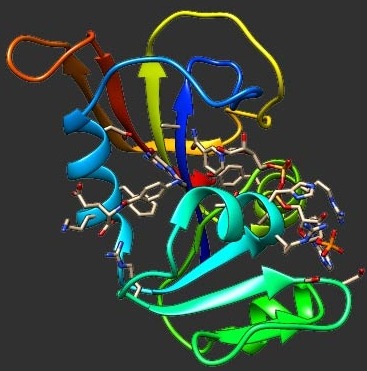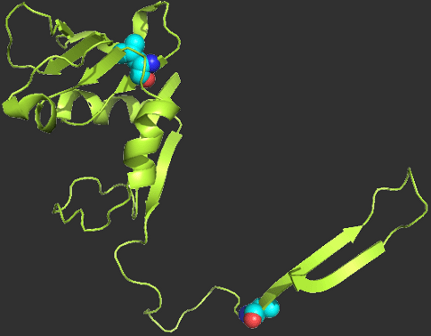Abstract:
The relationship between sequence variation and phenotype is poorly understood. Here, we use metabolomic analysis to elucidate the molecular mechanism underlying the filamentous phenotype of
E. coli strains that carry destabilizing mutations in dihydrofolate reductase (DHFR). We find that partial loss of DHFR activity causes reversible filamentation despite SOS response indicative of DNA damage, in contrast to thymineless death (TLD) achieved by complete inhibition of DHFR activity by high concentrations of antibiotic trimethoprim. This phenotype is triggered by a disproportionate drop in intracellular dTTP, which could not be explained by drop in dTMP based on the Michaelis–Menten-like
in vitro activity curve of thymidylate kinase (Tmk), a downstream enzyme that phosphorylates dTMP to dTDP. Instead, we show that a highly cooperative (Hill coefficient 2.5)
in vivo activity of Tmk is the cause of suboptimal dTTP levels. dTMP supplementation rescues filamentation and restores
in vivo Tmk kinetics to Michaelis–Menten. Overall, this study highlights the important role of cellular environment in sculpting enzymatic kinetics with system-level implications for bacterial phenotype.

